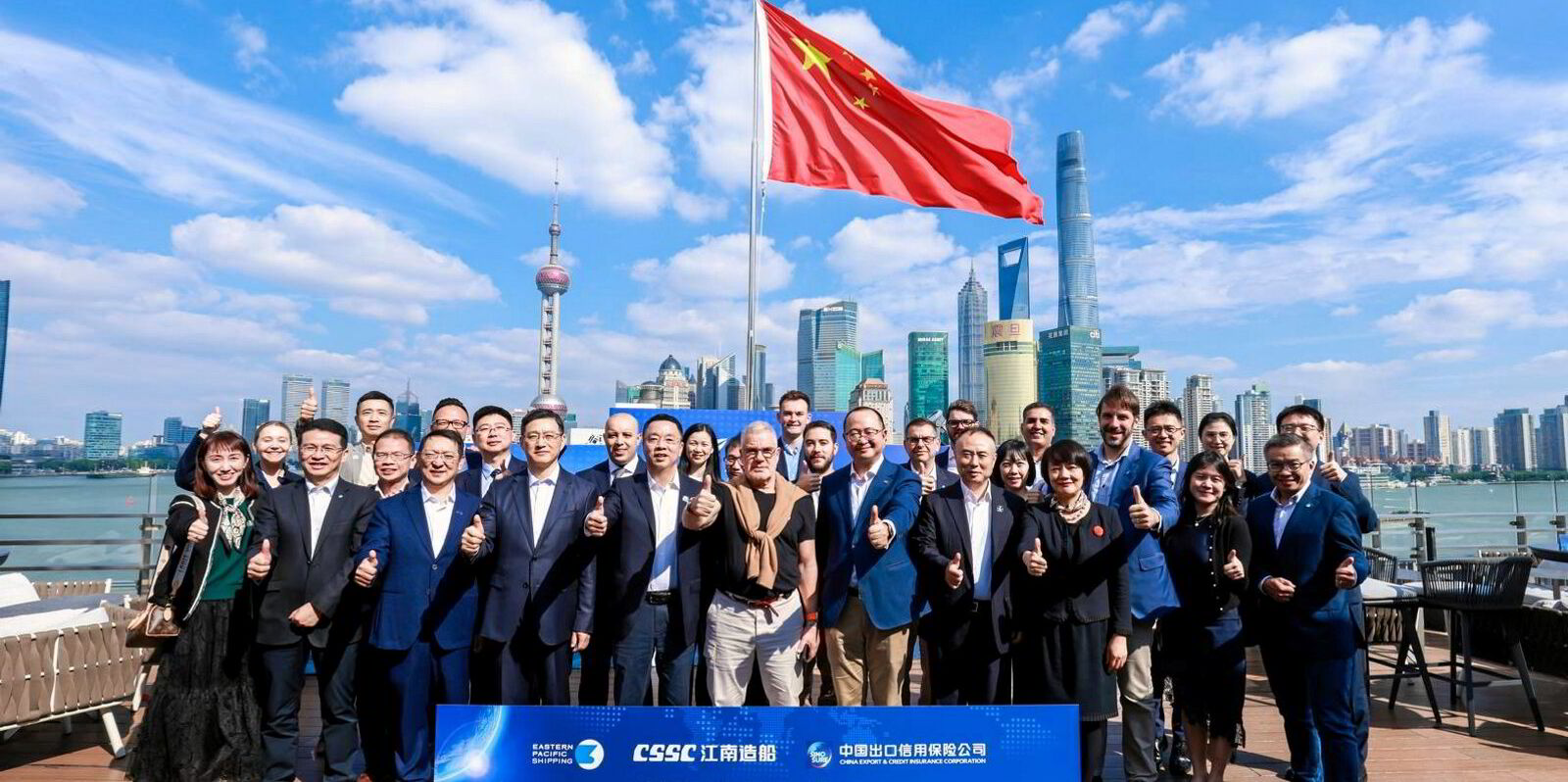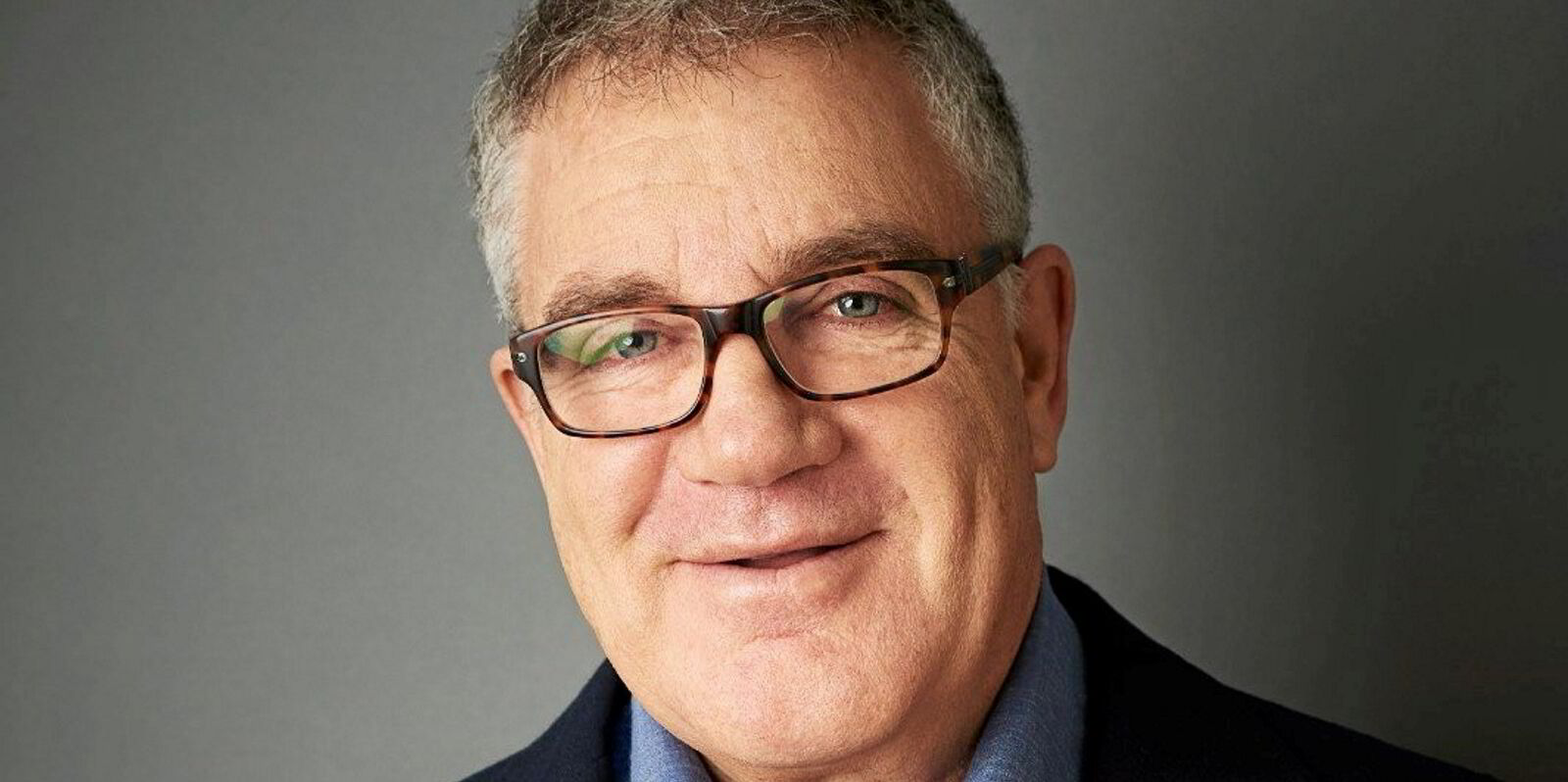Eastern Pacific Shipping is said to have inked a landmark newbuilding contract in China’s renminbi (RMB).
Multiple shipbuilding sources said the Idan Ofer-led company has opted to use Chinese yuan to pay for six ultra-large ethane carriers at Jiangnan Shipyard.
News of Eastern Pacific’s order for a series of 150,000-cbm vessels was first reported by TradeWinds in August.
One shipping source said the RMB-based ULECs contract is the first-ever non-US dollar shipbuilding deal for Eastern Pacific.
“It is probably the first-ever RMB deal for any international owner,” said the shipping source.
Officials at Eastern Pacific declined to comment when contacted.
Eastern Pacific has ordered the six ULECs against 15-year charters with Shenzhen-listed Satellite Chemical. The 150,000-cbm ships were said to cost about $200m each.
The ULECs will be fitted with GTT Mark III membrane tanks to transport ethane from US producers to China.
The vessels will be equipped with a cargo containment system to accommodate the loading of ethane, ethylene and LPG, as well as LNG.
Jiangnan is scheduled to deliver the carriers in 2027.
TradeWinds learned that the Export-Import Bank of China — China Exim Bank— is financing the vessels.
“It’s an RMB newbuilding contract, an RMB charter contract and RMB finances,” said the shipping source.
Eastern Pacific is thought to have been the first in a trio of RMB deals, two of which were reported by TradeWinds last month.
Canada’s Seaspan Corp made headlines when it penned six conventional marine-fuelled neo-panamax container ship newbuildings using RMB at Hudong-Zhonghua Shipbuilding for charter to Orient Overseas Container Line.
Just 10 days later, Cosco Shipping Lines was reported to have inked six similar-sized boxships at the same shipyard using Chinese yuan.
In both deals, the cost of the 13,600-teu container ships was said to be more than $150m each.
The Eastern Pacific and Seaspan deals have led to suggestions that RMB’s status is growing as an international currency and there will be room for more companies to opt for renminbi-based contracts.
Meanwhile, sources said Cosco’s contract demonstrates the scope of “China’s maritime power” as it encompasses Chinese shipowner, shipyard, classification society and currency.
Banchero Costa analyst Ralph Leszczynski believes the role of RMB as an international currency remains small.
“It’s growing, but it’s like increasing from 1% of global trade to like 2%,” said Leszczynski.
“It’s unlikely to change anytime soon, given the existing capital controls, which make it problematic to move money in and out of China, and the worsening geopolitical relations between China and the West.”
However, some shipping players believe the momentum behind contracts being settled in RMB is gaining traction.
“Having a Chinese charter and collecting your charter hire in RMB is a very important piece of the puzzle … because it means that you can service your debt using the RMB from the charter, so you don’t take the full currency risk.”
Shipbuilder Jiangnan will also alleviate its risk when a contract it has stamped is based on RMB as most of its shipbuilding expenses, such as labour costs and materials, are settled in the local currency.
Last month, Eastern Pacific ordered two 150,000-cbm ULEC newbuildings at South Korea’s HD Hyundai Samho to be delivered in 2027.
The company was reported to be paying more than $200m each for the ships. The pair was ordered against 15-year charter contracts to Satellite Chemical.






